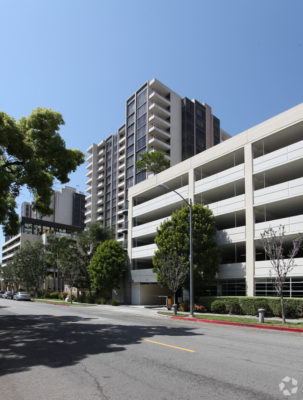
Living in a high-rise condominium presents a dramatic shift from the familiar comforts of a single-family home. The allure is undeniable—imagine sweeping views, luxurious finishes, and an address to impress. However, the reality comes with trade-offs. Simply leaving your complex can feel like an adventure. If you’re perched on a higher floor at the Glendale Americana, you’re at the mercy of elevators that can crawl during rush hours when residents flood in and out. The lower floors offer stairs as a quick escape (and a great way to get your steps in). However, scaling numerous flights isn’t practical for all.
Social dynamics shift, too. In a single-family home, you can time your comings and goings to dodge chatty neighbors. High-rise life changes that. Whether in a trendy Los Feliz Towers or luxury Pasadena condominiums, you’ll often encounter someone looking for a quick chat. Then, there’s the grocery shopping dilemma. You might juggle every bag from the car to the kitchen in a home on one trip. In a high-rise, you must strategize how much you can carry from the parking garage, elevator, and up to your unit.
Dog owners are also inconvenienced. Walking your dog isn’t as simple as opening the back door. Before reaching the sidewalk, you must navigate the building, elevator, and lobby. Expect a longer walk or car ride if your goal is a grassy park, like those scattered around Pasadena and Glendale.
High-rise living conjures images of postcard-worthy views, when your reality might be staring into your neighbor’s unit or the wall of the next building. High-rise condominium living swaps the steady rhythm of suburban life for the unpredictable quirks of urban existence. It transforms daily routines in ways that call for flexibility, patience, and an openness to the peculiarities of dwelling higher in the sky.





Juggling the groceries and the dog walks are the deal breaker for me. Even on vacation I stay in lesser hotels so I can get outside with the dogs easier